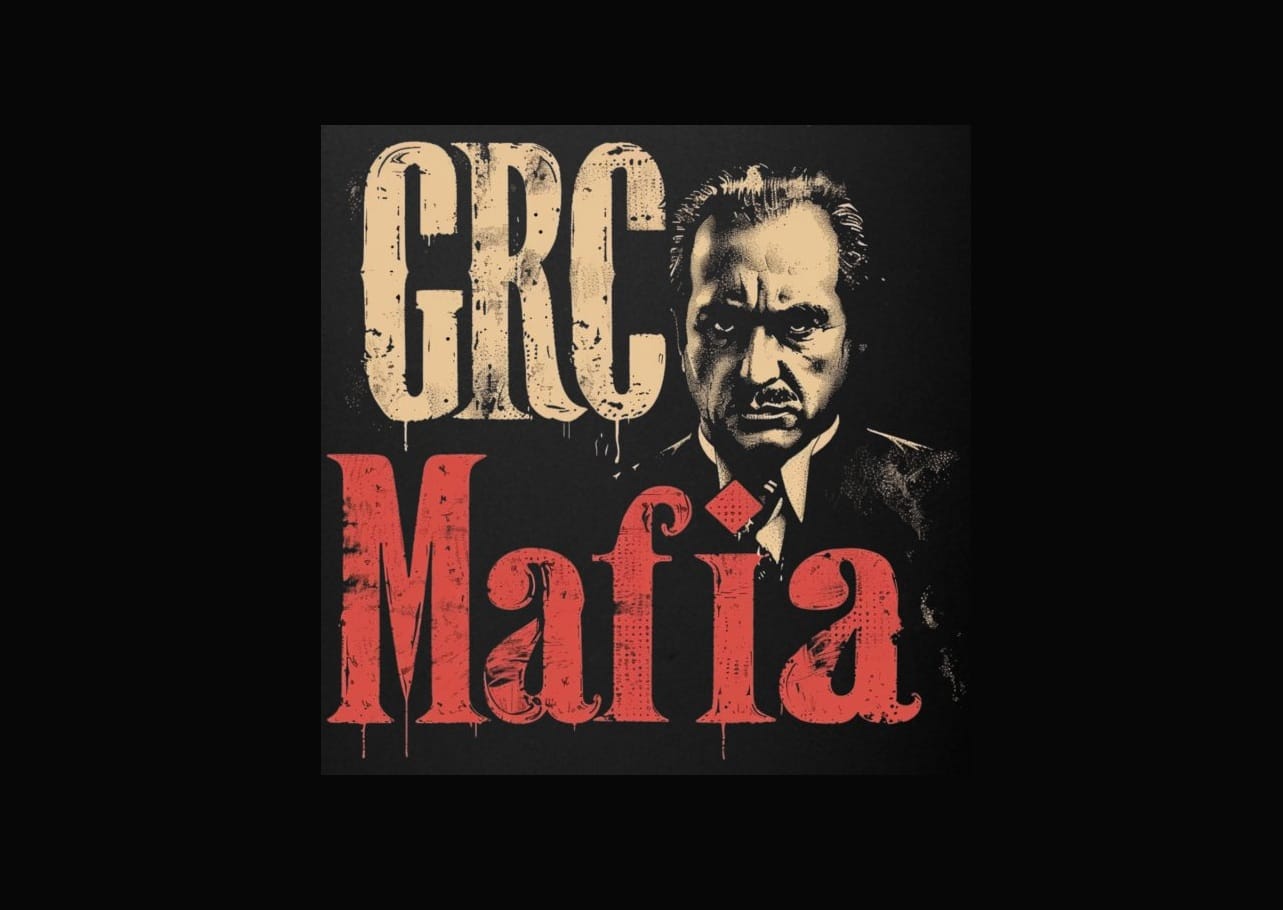Make GRC Suck Less: A Guide
Discover how to transform your GRC strategy from a soul-crushing bureaucratic nightmare into an engaging, effective framework that your team might actually appreciate.

Let's face it—GRC burnout is hitting teams hard. When your policies read like they were written by an AI trained on legal textbooks and your compliance meetings have people falling asleep, something has to give.
But here's the thing: GRC doesn't have to be where productivity goes to die. With some strategic tweaks and a human-centered approach, we can transform this necessary evil into something your team might actually engage with.
Let's break it down.
1. Cut the Complexity
Let's be real—if your policies read like they were generated by ChatGPT after binge-reading law textbooks, you're doing it wrong. Complex jargon doesn't make you look professional—it makes people's eyes glaze over faster than a Windows update screen.
Keep It Real:
- Write like you're explaining it to a colleague over coffee, not presenting to the Supreme Court.
- Use real-world examples that click—think "encryption is like having a secret handshake that only you and your best friend know."
For example, instead of “All personnel shall comply with data protection policies to ensure regulatory adherence,” try “Keep customer data safe by following our simple security guidelines—because nobody wants to be the reason we end up in the news.”
2. Work Smarter with Automation
If you're still tracking compliance tasks in spreadsheets and sending manual reminders, you're doing it wrong. Smart automation isn't just about efficiency—it's about freeing up your team's mental bandwidth for strategic thinking.
Game-Changing Tools:
- Modern GRC platforms that integrate with your existing tech stack
- AI-powered risk assessment tools that spot patterns humans might miss
- Audit preparation systems that turn chaos into clarity
Think of automation as your digital assistant, not your replacement. Let it handle the repetitive tasks while you focus on what humans do best: creative problem-solving and strategic decision-making.
3. Make Training Actually Fun
Let's be honest—traditional compliance training is about as exciting as watching paint dry in slow motion. But here's where we can get creative and actually wake people up.
Level Up Your Training Game:
- Create team challenges with actual rewards (and I'm not just talking about certificates and gold stars). Think Amazon gift cards, extra PTO hours, or that additional training budget you’ve been holding out on.
- Share real compliance horror stories that'll make your team cringe—like that time a Fortune 500 company leaked customer data because someone clicked a sketchy email link. Oops.
The secret sauce? Make it interactive and relevant. When people can see themselves in the scenarios and actually enjoy the process, magic happens. Suddenly, you've got engaged teammates instead of a room full of people secretly scrolling through Instagram.
4. Bring Your Team Into the GRC Journey
Let's be real—nobody enjoys being handed a thick policy manual with a "because I said so" attitude. Want to transform eye-rolls into engagement? Make your team active participants in shaping your GRC strategy.
How to Make It Happen:
- Run interactive policy workshops where teams can share their pain points and suggest practical solutions (bonus: you'll get insights you never knew you needed)
- Create feedback loops that actually work—think quick pulse checks and open forums, not endless suggestion boxes
5. Get Real About Risk
Here's the truth bomb: not every risk needs a five-alarm response. If you're treating every potential issue like it's DEFCON 1, you're setting yourself up for burnout city.
Smart Risk Management (Without Losing Sleep):
- Focus on what keeps your CEO up at night—those big, hairy risks that could actually impact your business
- Save the small stuff for later—like that policy about proper emoji usage in Slack (yes, that's a real thing)
Remember, you're running a business, not prepping for the apocalypse. Prioritize like your sanity depends on it—because it does.
6. Embrace the Evolution
Think of your GRC policies like that favorite playlist you're always tweaking—they should evolve with your organization's rhythm. Static policies are about as useful as last decade's security protocols.
Keep That GRC Energy Fresh:
- Run quarterly policy health checks (like those gym check-ins you promised yourself)
- Turn team grumbles into gold by actually implementing their suggestions
- Track what's working and what's making people zone out faster than a post-lunch meeting
Remember: Just like your tech stack, your GRC framework should be living, breathing, and constantly leveling up. Because outdated policies are like using password123—they might technically work, but you’re asking for trouble.
The Bottom Line
GRC doesn't have to be where dreams go to die. By streamlining policies, leveraging smart tech, and putting humans first, you can build a compliance program that actually drives value instead of draining energy. Your team might even start looking forward to those security updates. (Okay, maybe that's pushing it.)
Remember: The best GRC program isn't the one with the most policies—it's the one your team actually follows. Now go and make compliance cool.
GRC MAFIA!

